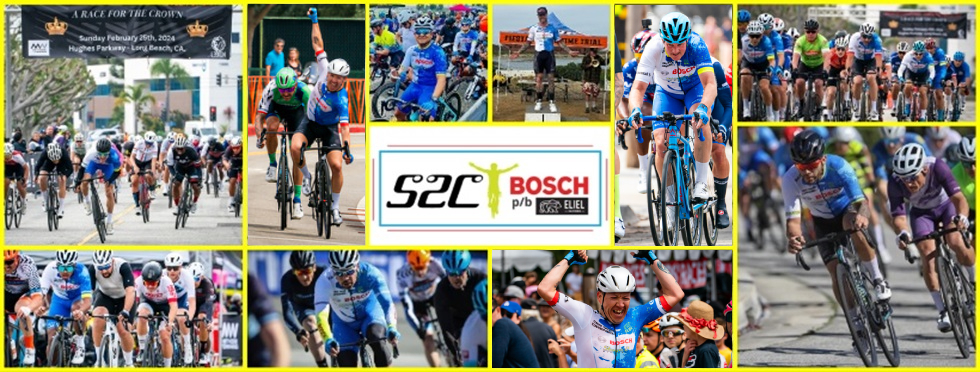Group Riding Tips – Basic Training
JULY 2011
When you are riding in a group of cyclists, it is important to remember that you are no longer alone. Anything that you do may have some affect on your fellow riders. The more radical your maneuver, the more the likelihood of an adverse effect. We cannot emphasize enough the importance of riding smoothly and predictably when with other riders.
Maintaining proper spacing between bicycles is very important. When following another cyclist, leave at least one foot of clearance between wheels. On slower, less intense rides, you may want to leave somewhat larger gaps. On faster rides where drafting effects are being used, do not let a gap of more than three feet form between wheels.
Side-to-side placement is also very important. Even if you are not following directly behind the cyclist ahead, do not allow your front wheel to overlap the rear wheel of the cyclist forward of you. Should the cyclist ahead need to move over suddenly, you will have little chance to avoid a quick trip to the pavement. In a double pace line, you should always strive to keep your handlebars even with the rider who is next to you; this requires the cooperation of both riders.
As much as is possible, it is safer for the group when you to stay in line. An odd cyclist riding out in the road causes problems for passing cars as well as for riders dropping back to the back of the line after giving up the lead. In a double pace line (which advanced groups use out in the countryside), pair up and maintain your pairing.
Shortlink:














